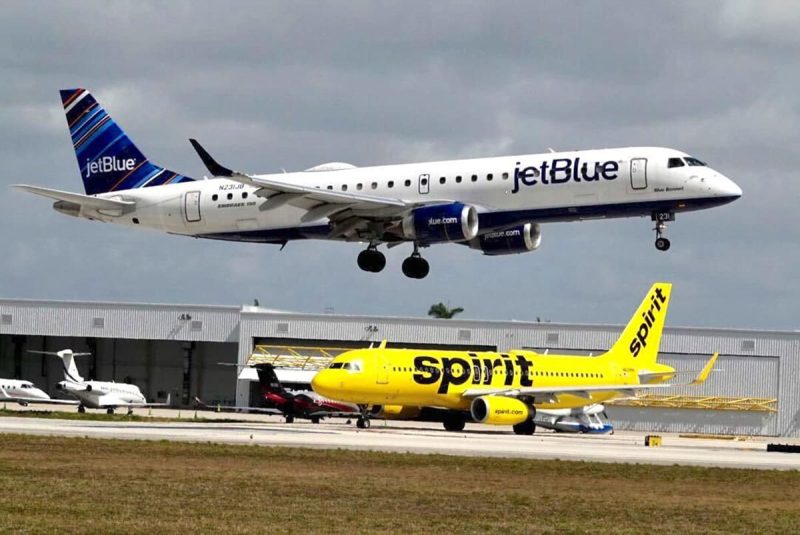In a bid to combat profit erosion caused by fare discounts, major U.S. airlines have sharpened their focus on cost management and operational efficiency, prompting a scaling back of growth plans. Carriers such as American Airlines, Delta Air Lines, and United Airlines have strategically adjusted their growth projections, seeking to strike a balance between capacity expansion and maintaining healthy profit margins. This shift reflects the airlines’ response to the challenges associated with intense competition and downward pressure on pricing dynamics in the industry.
One key strategy adopted by airlines has been the optimization of capacity through route adjustments and fleet management. By fine-tuning their flight schedules and reducing the number of underperforming routes, airlines aim to enhance load factors and improve overall revenue per available seat mile (RASM). This approach enables carriers to align capacity more closely with demand, mitigating the need for excessive fare discounts to fill seats.
Furthermore, airlines have implemented measures to contain costs and enhance operational efficiency. Initiatives such as fleet modernization, fuel hedging, and workforce optimization play a crucial role in reducing expenses and improving overall profitability. By strategically investing in fuel-efficient aircraft and leveraging data analytics to streamline operations, airlines can achieve cost savings while maintaining service quality.
Another important aspect of the airlines’ strategy is the emphasis on ancillary revenue streams. Ancillary services, such as baggage fees, premium seat upgrades, and in-flight amenities, have become a significant source of revenue for airlines. By offering a range of optional services to travelers, airlines can generate additional income and offset the impact of fare discounts on their bottom line.
Moreover, airlines have been proactive in leveraging technology to enhance customer experience and drive loyalty. Investing in user-friendly booking platforms, personalized marketing campaigns, and loyalty programs allows airlines to attract and retain customers in a highly competitive market. By harnessing the power of data analytics and digital innovation, carriers can gain valuable insights into consumer preferences and behavior, enabling them to tailor their offerings and pricing strategies more effectively.
In conclusion, the decision of U.S. airlines to curtail growth plans in response to profit-eating fare discounts reflects a strategic realignment aimed at ensuring long-term sustainability and profitability. By focusing on optimizing capacity, managing costs, maximizing ancillary revenue, and enhancing customer engagement, airlines are better positioned to navigate the challenges of a dynamic and competitive industry landscape. Through a proactive and adaptive approach, airlines can weather the impact of fare discounts and steer towards a more profitable and resilient future.

